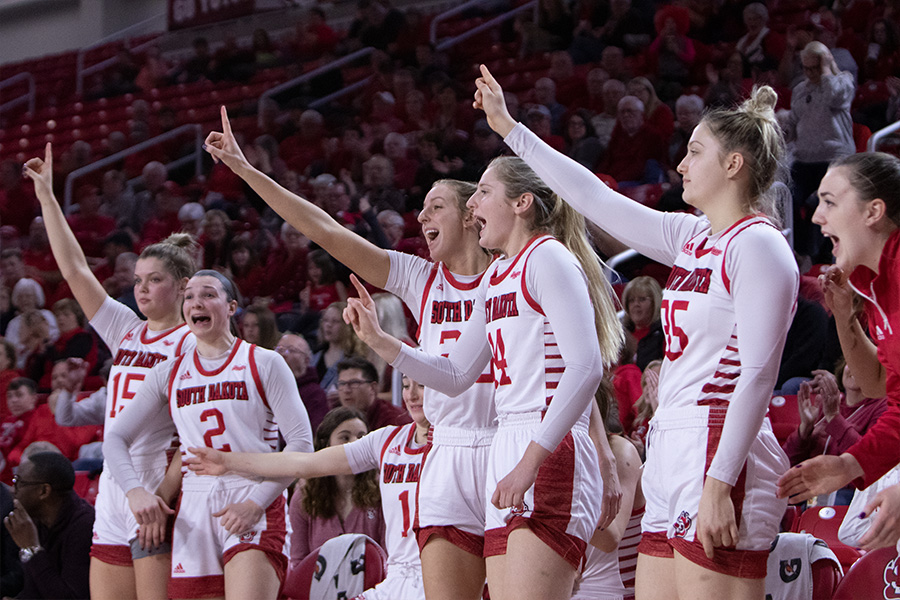Battle To Preserve Bats In The Black Hills Continues
RAPID CITY, S.D. (AP) — As a disease that has ravaged the population of the northern long-eared bat continues to spread throughout most of its habitat, scientists are looking at the Black Hills as the last bastion of hope for the species’ continued survival.
“In my view, the Black Hills could serve a very important function as a refugee or sanctuary for the species, at least for the next few years, and hopefully in that time a treatment will be found,” said Mollie Matteson, a senior scientist for the Center for Biological Diversity.
On May 15, Matteson gave a presentation entitled, “The last stand of the northern long-eared bat,” via Skype as part of the Endangered Species Day Celebration hosted by the Prairie Hills Audubon Society, the South Dakota Peace and Justice Center and the Norbeck Society, among other organizations.
Although the bats were listed as “threatened” and placed on the endangered species list on April 2 by the U.S. Fish and Wildlife Service, a special exemption was placed in the ruling that essentially eliminated most of the protections the bats would normally get for their habitat in the Black Hills, the Rapid City Journal ( ) reported.
For example, logging, mining, oil drilling and tree clearing are all allowed in the Black Hills in spite of the bat’s habitat gaining a “protective” status, she said.
Matteson said the Center for Biological Diversity filed a lawsuit against the U.S. Fish and Wildlife Service on the same day the ruling that included the exemption was passed. A judge has been named in the suit, but no other action has occurred, she said.
The northern long-eared bat has suffered a mortality rate between 90 and 99 percent after a fungal disease called white nose syndrome spread a couple of years after it was initially discovered in 2006, she said.
The northern long-eared bat is a hibernating creature that goes into a cave or mine and spends the winter in a torpor state, similar to a bear. While the bat is hibernating, the fungus grows on the bats. The fungus causes the bat to awaken from hibernation earlier and more often than normal. It also invades the bat’s skin, which dehydrates the animal. The disease is usually lethal, she said.
The bat has been virtually wiped out in most of its native habitat, which is primarily in the eastern United States. However, there is a contingent of the species found in the Black Hills that remains untouched by white nose syndrome.
The percentage of the overall northern long-eared bat population that lives in the Black Hills is unknown, although surveys have started this year.
The fact that white nose syndrome hasn’t spread to the Black Hills is a double-edged sword. It makes the Black Hills an excellent sanctuary for the bats, but it also served as justification for loosening the usual restrictions that industries would have to abide by in a habitat with an endangered species present.
Matteson admitted that the disease is the primary killer of the bats, but she said because so many have been killed by the disease, it’s imperative that other threats to the species, such as habitat destruction, are minimized.
“The disease is the primary killer of these bats, but they are at risk from other threats such as loss of habitat and pesticides used in agriculture,” she said. “The bat is facing extinction and will likely go extinct without strong protections, at least until a cure is hopefully discovered.”
The survival of bats is crucial because of how many insects they consume. The northern long-eared bat consumes between 3,000 and 8,000 insects per day, or about half its body weight. Matteson said studies estimate the bats have a value to agriculture somewhere between $3.7 billion and $53 billion per year because of how many insects they eat that don’t have to be killed with pesticides. If the bats go extinct, the insect population could explode.
The U.S. Fish and Wildlife Service has described the special rule as an interim rule and will finalize it by the end of the year. A comment period is open until July 1.
Matteson urged people in attendance to get more involved in the policy making and contact South Dakota’s representatives in Congress and the Senate to voice their opinion. She also asked people can send comments to the U.S. Fish and Wildlife Service.
___
Information from: Rapid City Journal,

